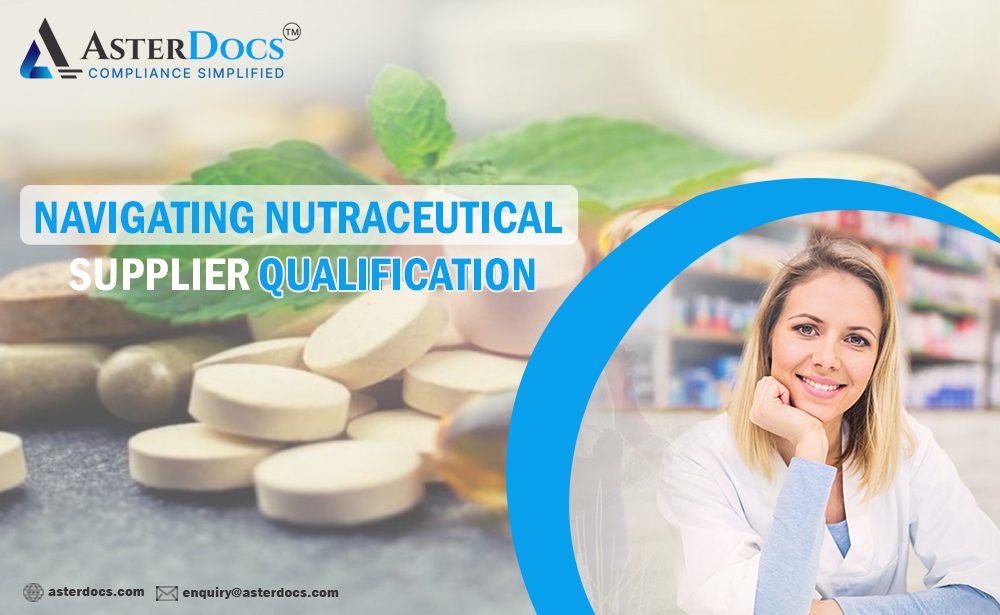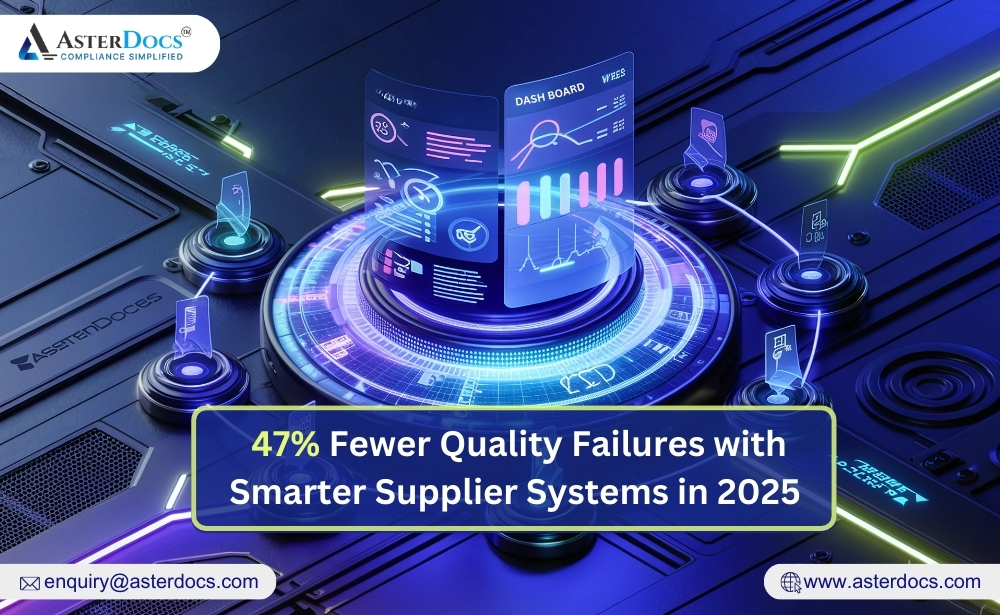Nutraceuticals have become increasingly popular as people seek ways to enhance their health and well-being. However, ensuring the safety and quality of these products can be a complex process, particularly when selecting the right suppliers. In this blog post, we’ll explore some common challenges in nutraceutical suppliers qualification and provide strategies for overcoming them.
Challenge #1: Lack of Transparency
One of the biggest challenges in nutraceutical supplier qualification is the lack of transparency from suppliers. It can be difficult to determine the quality and safety of the ingredients used in these products, particularly when suppliers are not forthcoming with information. This lack of transparency can make it challenging to assess the risks associated with these products, especially when they are consumed for therapeutic purposes.
To overcome this challenge, it’s essential to establish clear communication with suppliers and ask for detailed information about their ingredients and manufacturing processes. You may also want to consider third-party testing to verify the quality of the ingredients.
Challenge #2: Regulatory Compliance
Nutraceuticals are subject to regulatory requirements, including Good Manufacturing Practices (GMPs) and labeling requirements. Ensuring that your suppliers comply with these regulations can be challenging, particularly if they are in different countries. Failure to comply with these regulations can lead to serious consequences, such as product recalls, regulatory sanctions, and reputational damage.
To overcome this challenge, it’s important to work with suppliers with a strong track record of regulatory compliance and establish clear expectations around compliance from the outset of your relationship.
Challenge #3: Supply Chain Disruptions
Supply chain disruptions can be a major challenge for nutraceutical suppliers, particularly when sourcing high-quality ingredients. Natural disasters, crop failures, and other unforeseen events can all impact the availability and quality of ingredients. These disruptions can cause delays in production, increased costs, and potential quality issues.
To overcome this challenge, working with suppliers with multiple ingredient sources and establishing contingency plans for supply chain disruptions is essential.
Challenge #4: Cost
Finally, the cost can be a significant challenge regarding nutraceutical supplier qualification. High-quality ingredients and regulatory compliance can be expensive, and suppliers who offer lower prices may not be able to deliver the same level of quality and safety. While cost is important, prioritizing it over quality and safety can have serious consequences.
To overcome this challenge, it’s important to balance cost considerations with quality and safety considerations. Look for suppliers with competitive pricing and a strong quality and safety track record.
Addressing Common Challenges
Now that we have identified the challenges in nutraceutical supplier qualification let’s explore some strategies to overcome them.
Strategy #1: Establish Clear Communication
Establishing clear communication with your suppliers is essential to overcome the lack of transparency. By establishing clear communication channels, you can ensure that your suppliers provide you with detailed information about their ingredients and manufacturing processes. You can also set expectations around reporting requirements, quality control measures, and other relevant information.
Clear communication can help build trust between you and your suppliers and reduce the risks of lack of transparency.
Strategy #2: Verify Regulatory Compliance
To overcome the challenge of regulatory compliance, it’s important to work with suppliers with a strong track record of compliance. You can verify their compliance by asking for certifications. Certifications like GMP and ISO 9001 indicate that a supplier has met certain quality and safety standards. You can also request audit reports to ensure suppliers meet your specific requirements.
By verifying regulatory compliance, you can reduce the risk of non-compliance and the associated consequences.
Strategy #3: Diversify Your Supplier Base
To overcome supply chain disruptions, it’s important to diversify your supplier base. By working with multiple suppliers, you can reduce the risk of disruptions due to natural disasters, crop failures, or other unforeseen events.
Additionally, working with local suppliers can reduce transportation costs and potential delays. However, ensuring each supplier meets your quality and safety standards is important.
Digitizing Supplier Qualification Procedures
To prioritize supplier risk management, digitizing supplier management and contracts is essential. Even though many organizations have recognized this, some still require a more modern solution.
If your current system is manual, ensuring that your suppliers and external vendors prioritize regulatory compliance and product quality can be difficult.
The AsterDocs supplier quality management system offers a specialized solution that allows you to keep track of all supplier quality data and documentation in one location, resolving this issue.
This system allows you to organize supplier qualification and audits, link suppliers and supplier risk, and get a clear documentation overview.
The software solution also streamlines supplier qualification and corrective action requests in a single location.
Supplier collaboration can be increased by implementing specialized software that provides real-time insights and data-driven decision-making capabilities, and risks can be mitigated. This can provide the agility required to create a strategic path forward.
Streamlining Processes and Mitigating Risks
Nutraceutical supplier qualification can be a complex process. Lack of transparency, regulatory compliance, supply chain disruptions, and cost are common challenges that can seriously affect product quality and safety. Establish clear communication with suppliers, verify regulatory compliance, diversify your supplier base, and balance cost and quality.
You can overcome these challenges. You can also increase collaboration and mitigate risks by digitizing supplier qualification procedures with specialized software.













